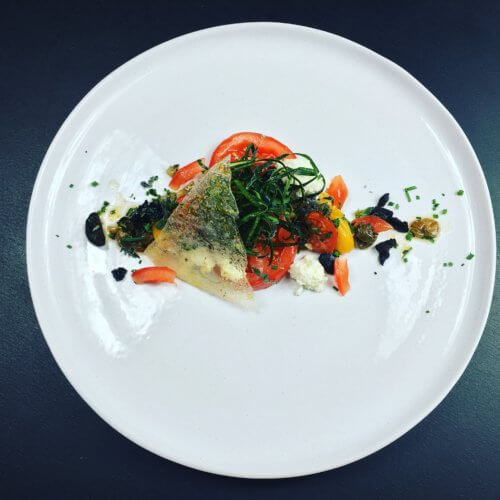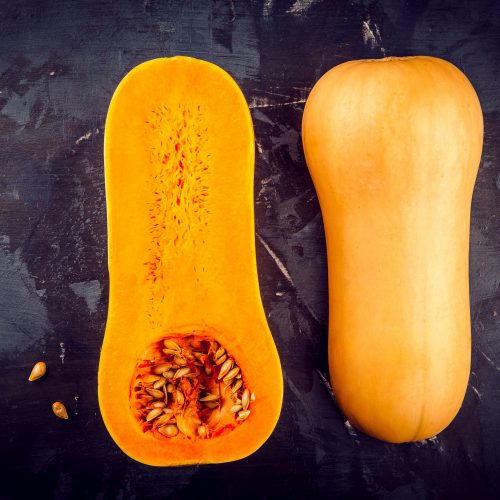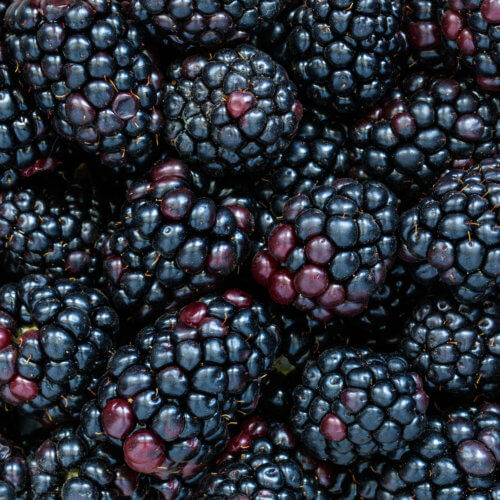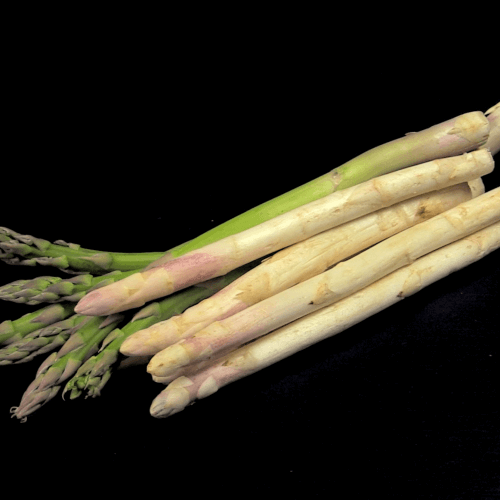You can’t beat fresh tomatoes when they’re in season. There is no smell quite like that of a tomato pulled straight from the vine – a sweet and grassy fragrance that heralds the arrival of summer.
Obviously tinned tomatoes are terrific too, but when the genuine article is available there’s really no excuse for not using it.
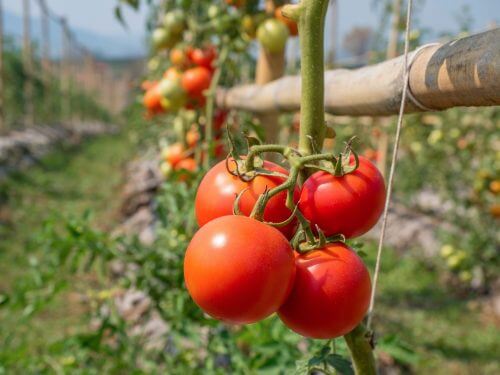
Yes, it’s a fruit
The tomato is a fruit (a berry, specifically) belonging to the nightshade family. We wouldn’t recommend eating the leaves, stems or flowers from the plant, as they contain an alkaloid called solanine, which is toxic when consumed in sufficient quantities. Also be aware that tomatoes are 95% water, which is why their flavour can easily become dull if they are cultivated hurriedly or with insufficient sunshine.
No, it’s not native to Italy
Tomatoes originated in South America where they were long used for cooking. By 500BC they were widely cultivated in Southern Mexico and other areas, and were eventually brought back to Europe by one of the early conquistadors, perhaps even Columbus himself. From there they spread to other parts of the world colonised by Europeans in the 16th Century. Surprisingly, in Italy, the tomato was originally used as a decorative plant, and did not become a popular cooking ingredient until the late 17th and early 18th century.
Close to home
The Mediterranean is the most famous growing region, but most people don’t realise that the Isle of Wight also produces fantastic tomatoes, because it gets more sunshine and milder weather than the UK mainland. We often use produce from The Tomato Stall, an organic grower in the Arreton valley on the Isle of Wight. This area on the southern part of the island, with its sheltered micro climate, has a longer and warmer growing season. These conditions produce fruit which is bursting with flavour and among the best you can get from the UK. The Tomato Stall runs a sustainable operation and you can order a wide range of excellent tomatoes straight from their website.
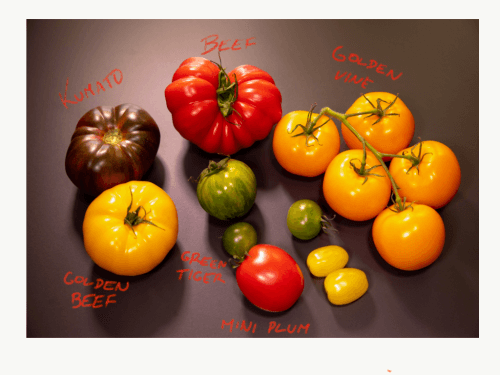
Cooking with tomatoes
- Salad is amongst the first things that spring to mind, and for a good reason! Try enhancing the tomatoes’ natural flavour without overpowering them with too much. If salad is a little too light, add olives, artichoke and lots of basil and serve on a toasted ciabatta.
- Pasta and tomatoes are a marriage made in heaven. Just fry a couple of sliced garlic cloves in hot oil and add 2-3 chopped tomatoes and a pinch of salt for only a minute or so. This way they will warm through and release their juices into the sauce. Squeeze in a little lemon and add capers, herbs or chunks of tuna before tossing with some cooked pasta.
- If you have an abundance of tomatoes and they are starting to loose their plump freshness, chop them up and cook down in a large pan with onions, garlic, salt, pepper, little honey and vinegar until completely softened and thickened. This sauce can be used as a dip or added to risottos, stews and curries as a base or as a simple toast topping.
- As we mentioned earlier, tomatoes are popular in South America – think guacamole, fresh and zingy salsas or colourful side salads. They work well with seafood, as they bring a welcome acidity. Serve with scallops, prawns or squid or in a ceviche (traditional dish of fresh, raw fish or seafood briefly cured in citrus juice). There is also a popular and delicious dish of stewed tomatoes and coconut with chicken. The possibilities are endless.
- Tomatoes are also popular in Indian cuisine, as they make up the base of many curries (great companion to lamb), get stuffed with rice, vegetables or meats, are turned into chutneys, pickles and fiery dipping sauces for many fried nibbles (again, making use of their natural acidity) or served in simple salads.
If you want to impress your guests make our fresh salad with a seriously fine dining twist.
